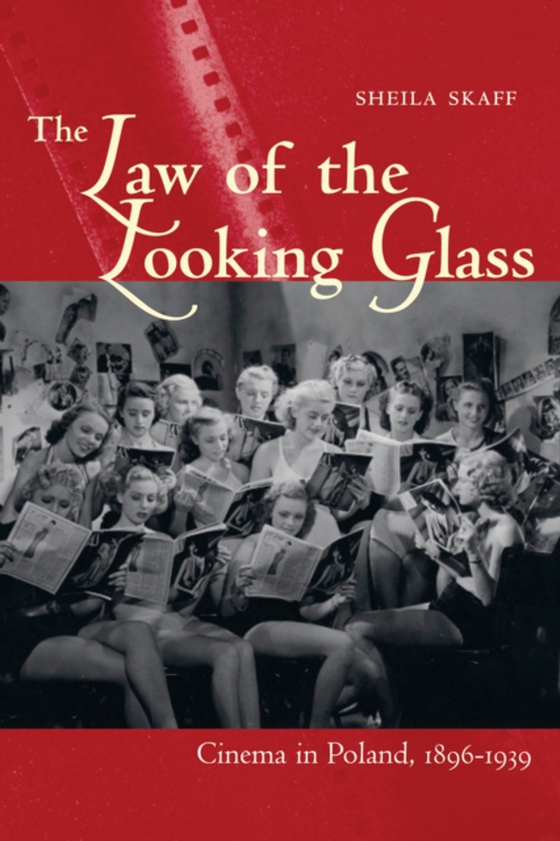
Law of the Looking Glass e-bog
509,93 DKK
(inkl. moms 637,41 DKK)
The Law of the Looking Glass: Cinema in Poland, 1896-1939 reveals the complex relationship between nationhood, national language, and national cinema in Europe before World War II. Author Sheila Skaff describes how the major issues facing the region before World War I, from the relatively slow pace of modernization to the desire for national sovereignty, shaped local practices in film productio...
E-bog
509,93 DKK
Forlag
Ohio University Press
Udgivet
1 september 2008
Længde
264 sider
Genrer
1DVP
Sprog
English
Format
pdf
Beskyttelse
LCP
ISBN
9780821442524
The Law of the Looking Glass: Cinema in Poland, 1896-1939 reveals the complex relationship between nationhood, national language, and national cinema in Europe before World War II. Author Sheila Skaff describes how the major issues facing the region before World War I, from the relatively slow pace of modernization to the desire for national sovereignty, shaped local practices in film production, exhibition, and criticism. She goes on to analyze local film production, practices of spectatorship in large cities and small towns, clashes over language choice in intertitles, and controversy surrounding the first synchronized sound experiments before World War I. Skaff depicts the creation of a national film industry in the newly independent country, the golden years of the silent cinema, the transition from silent to sound film-and debates in the press over this transition-as well as the first Polish and Yiddish "e;talkies."e; She places particular importance on conflicts in majority-minority relations in the region and the types of collaboration that led to important films such as The Dybbuk and The Ghosts.The Law of the Looking Glass: Cinema in Poland, 1896-1939 is the first comprehensive history of the country's film industry before World War II. This history is characterized by alternating periods of multilingual, multiethnic production, on the one hand, and rejection of such inclusiveness, on the other. Through it all, however, runs a single unifying thread: an appreciation for visual imagery.
 Dansk
Dansk

